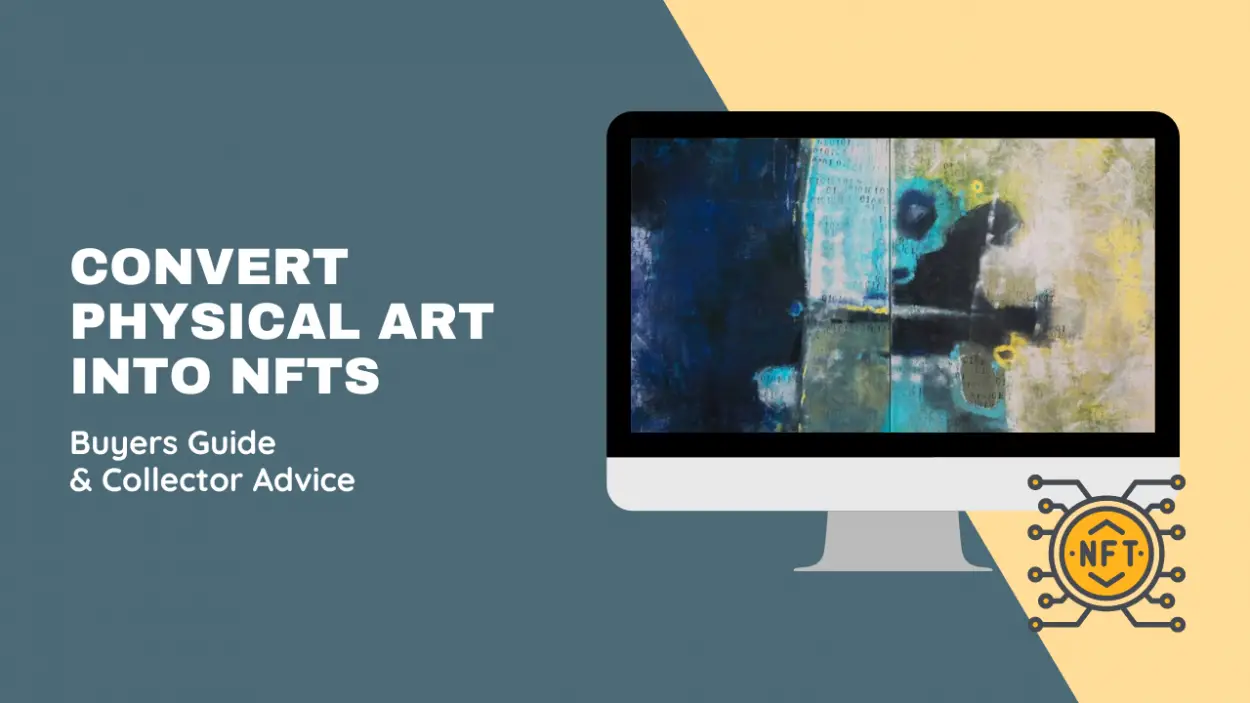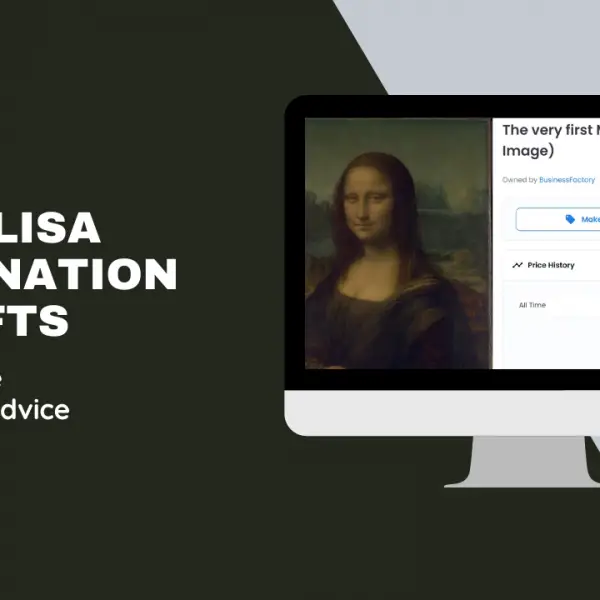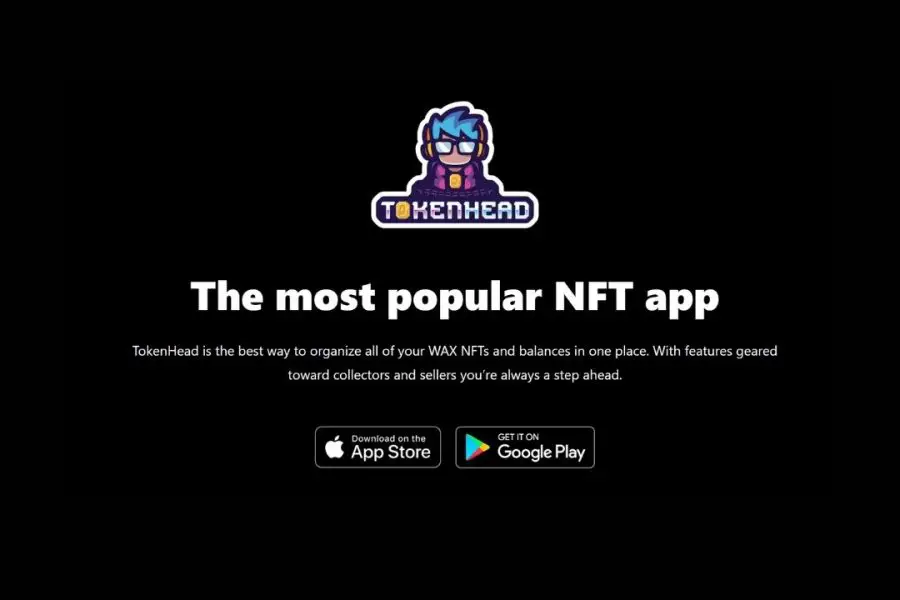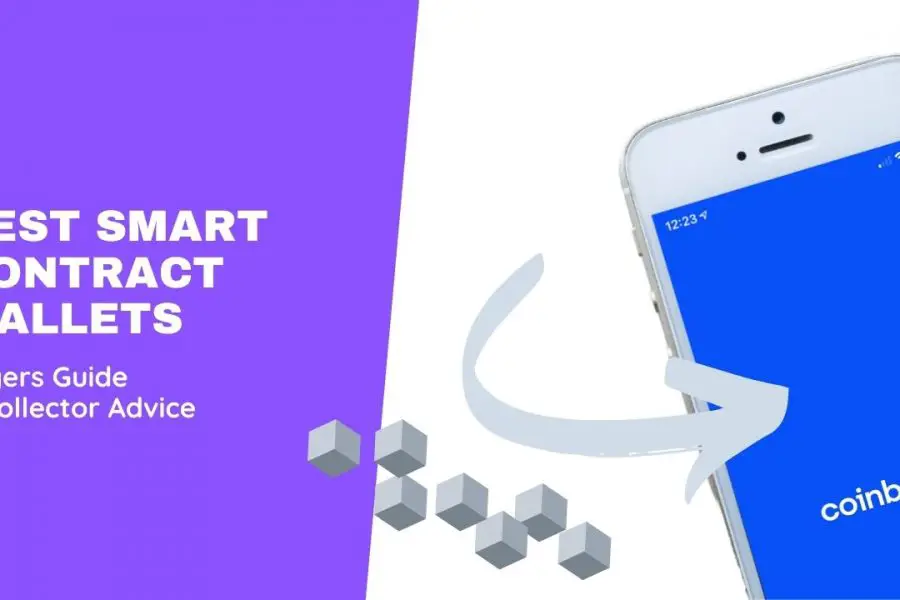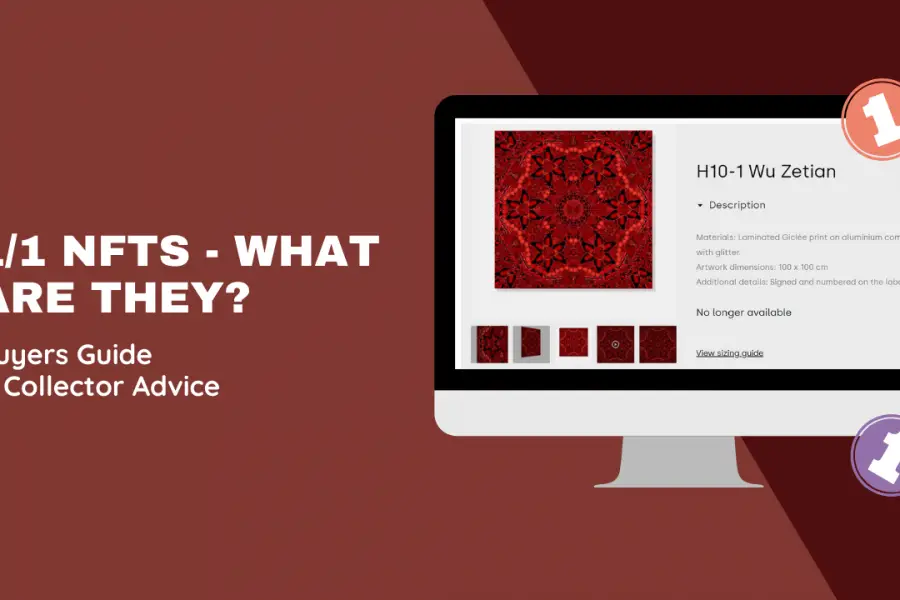Learn how to convert physical art into NFTs by understanding the proper steps and preventing confusion.
As an artist who’s been working on physical artwork for years but has not yet digitalized it, our guide will give you examples of how to convert your artwork. Being a newcomer to the NFT world can be overwhelming; however, we’ll explain the best approach to getting started.
If you’ve always wanted to get your artwork out there and into the NFT space, our methods help prevent first-timer mistakes. Also, you do not need to know how to code to get an NFT on the blockchain.
Let’s dive in:
Pick Your Digitalizing Art Approach Before Creation
When it comes to selling non-fungible tokens requires some planning. The planning process should include how you sell the digital asset, when you’re selling it and why someone should care.
Below we outline a few options for digitalizing physical art and getting it ready to sell.
Option 1: Sell Both The Physical Artwork & Non-Fungible Token

It starts with declaring the sale of both pieces, the physical piece of art unique and the non-fungible token unique in your communications.
For example, if you have a website where you plan to sell this artwork, you can separate the listings as different pages. Each page can have its own ‘add the item to cart button ready for checkout.
A Squarespace or Shopify are excellent choices for getting these pages set up.
Option 2: Sell One Art Piece and Add On The Other

There are two ways it works:
- Sell the non-fungible token with the physical piece of art
- List the physical artwork with the non-fungible token
For example, on OpenSea, when you upload your digital photo of physical artwork and share it in the description.
Option 3: Digitize the Original Physical Artwork and Destroy it

It’s a well-known technique to burn any originals to create rarity, scarcity, and demand. It decreases the supply of the existing collection and increases the value, which increases the demand. We wrote an Ultimate Guide on Burning an NFT For Collectors which will help!
When you digitize the artwork and destroy the physical piece, you end up with only one unique piece of art. So only consider this option once the physical artwork becomes digital-first because there’s a risk otherwise.
Also, document the process of burning, damaging, or destroying it because this will show proof that there’s no physical art piece even though it was initially created based on one.
Option 4: Physical Artwork Becomes a Starter for Your NFT Project

While you’ve spent time and effort creating the physical artwork, it’s only a starting point for the digital non-fungible token. In other words, the physical piece is not the final piece of art.
Additionally, this can be the opposite, where the digital artwork comes first, and then the physical representation comes afterward.
For example, it is shipping a physical token containing high-quality prints and a display that shows the artwork to the buyers of the nfts.
Determine Which Physical Artwork Type You Plan To Digitalize
It doesn’t matter if you have physical art ready for digitalization or if you are starting and still need to create the artwork. However, the type of artwork you create can influence the price for how much it’s sold for and what you can expect to earn from it.
Always consider the value each physical art type has and what context it brings to the marketplace.
Here’s a list of different physical art types you can digitalize or convert into an nft easily:
1. Photo
Use an instant print camera and start taking photos. Each piece of art becomes unique and one of a kind, also physical, where you can put it into a case for safekeeping. It’s a print depicting a person, object, or scene; captured by a camera on a light-sensitive material.
Low effort, high reward when starting an nft project. It requires little extra cost except for the polaroid camera or prints.
2. Painting
Buy a canvas, paint, and brushes so you can express your imagination to create physical art. Then, turn your artwork into an application of paint on an image, and add a protective covering.
Painting requires more effort, such as painting materials for different colors, which have additional costs and high rewards from a well-known artist.
3. Display Frames
Creating digital art, then printing and framing it, makes it sellable as physical art. In addition, it helps display the work safer and more accessible, often including anti-glare screens with broad viewing angles and color for accuracy when viewing.
The deficient effort is a medium reward because it’s more of a value add since someone can hang it up or put it on their desk at work.
4. Sculptures
This art type creates two- or three-dimensional representations or abstract shapes, often by carving stone or wood or casting metal or plaster.
Sculptures are High effort and high reward since it requires the most time and skill to get the desired shape out of the mold.
Why Digitalizing Art Into NFTs Increases Revenue Streams
Turning physical artwork into digital artwork creates an opportunity to sell both or only one of the unique pieces, creating wealth for the owner or artist. Take your skills around creating art and turn them into earnings by picking your focus.
Selling physical art doesn’t have to be paintings; it can be photographs or even barrels. Here are two famous examples of digitalizing nft artwork:
1. Originals NFT Project by Logan Paul

Logan Paul launches an nft project where he takes 99 original photos in 99 days.
The first photograph in the collection (1/99) is a photograph of Mike Winkelmann (better known as “Beeple”), a pioneer in digital art who’s famous for selling his paintings for millions.
According to social media, the installation sold for $28.9M just days later.
2. Cult Wines Auction for Château Angélus
Cult Wines, a premium wine investment firm, is holding an NFT auction for a barrel of Château Angélus.
The barrel is worth at least $100,000 and is comparable to around 300 regular-size bottles of wine.
Steps To Digitize Your Physical Art as NFTs
Below we go over the steps you need to take to convert a physical piece of art into a digital asset.
It starts with knowing what you need to gather, and then it’s about taking action.
It can be done in three steps and doesn’t require much time.
Step 1: Get a Digital Wallet (Coinbase, MetaMask, etc.)
Open an account for a smart wallet like Coinbase, MetaMask, and Trust Wallet. Once you’ve opened the digital wallet, you’ll want to load the wallet with funds. It can be anywhere between $50 to 250 dollars. These funds are for gas fees when you go to mint your first nft.
Step 2: Take a Photo of Your Artwork
Any digital camera will work as an iPhone because you want the photo to be a jpeg or png. We explain the best nft size and dimensions for when creating them. Use these sizes to convert physical art into nfts.
Step 3: Upload the Digital Photo To OpenSea (Minting Process)
OpenSea makes it a quick, less than the 5-minute process to mint an NFT. All you need to do is set up your smart wallet, have funds ready to pay for gas fees, and click upload.
Now is the time to take action on selling physical artwork as NFTs. Also, remember it’s cheaper, in the long run, to create a collection on the open sea with the same smart wallet.
At first, the most upfront costs go to producing the physical artwork, minting gas, and marketplace fees. However, once the collection is up, it gets more accessible from there.
If you’ve enjoyed reading about the process of digitalizing nft art, you may also like:
